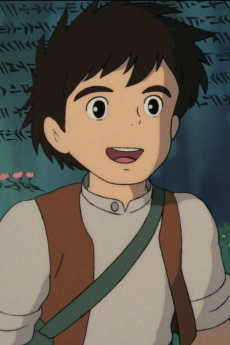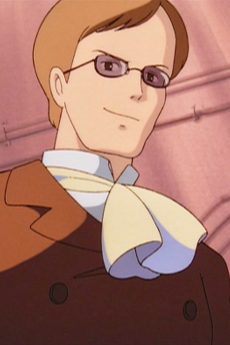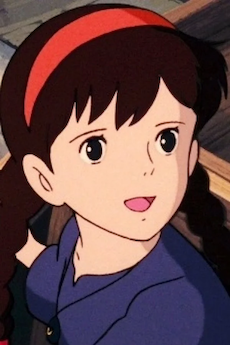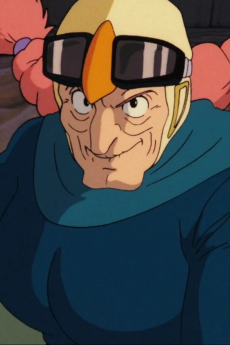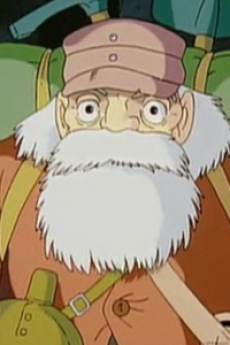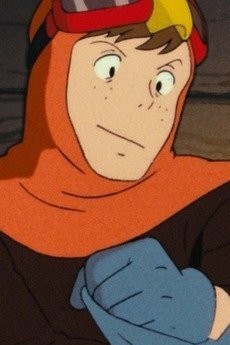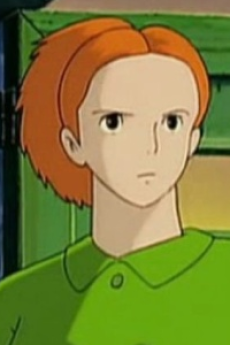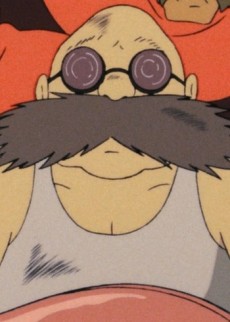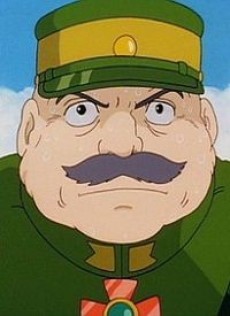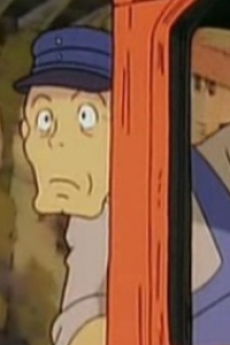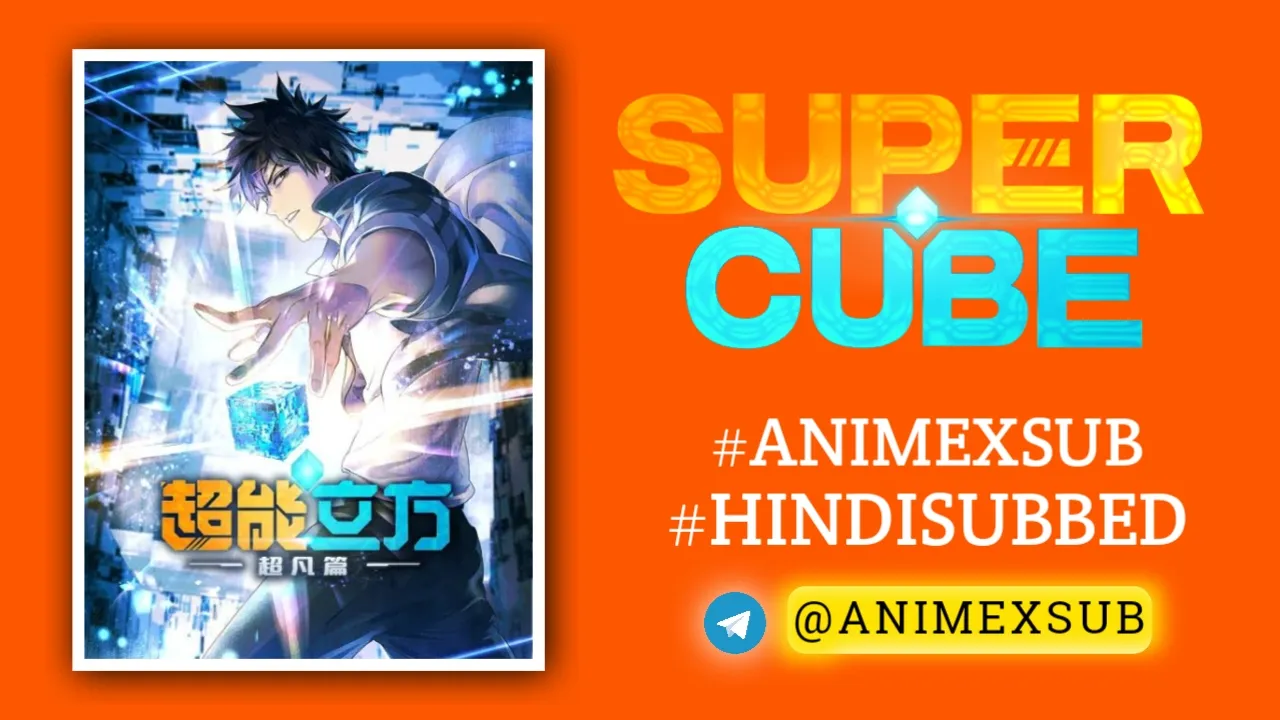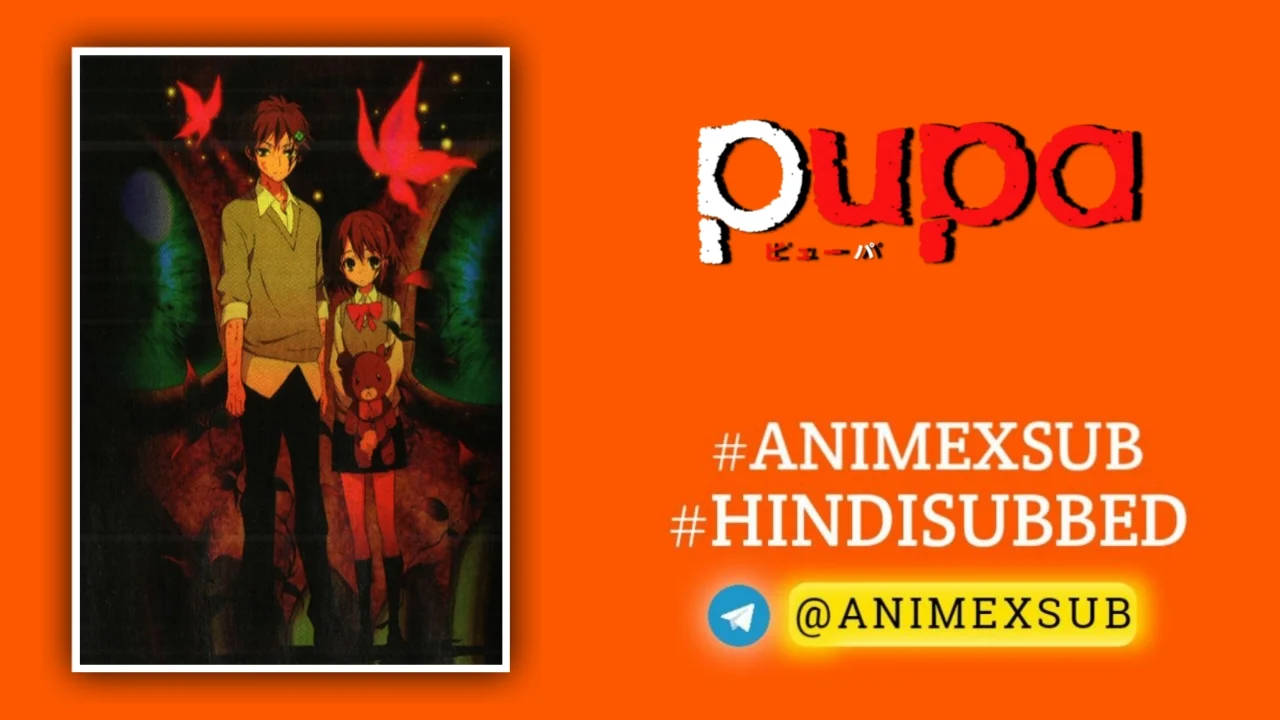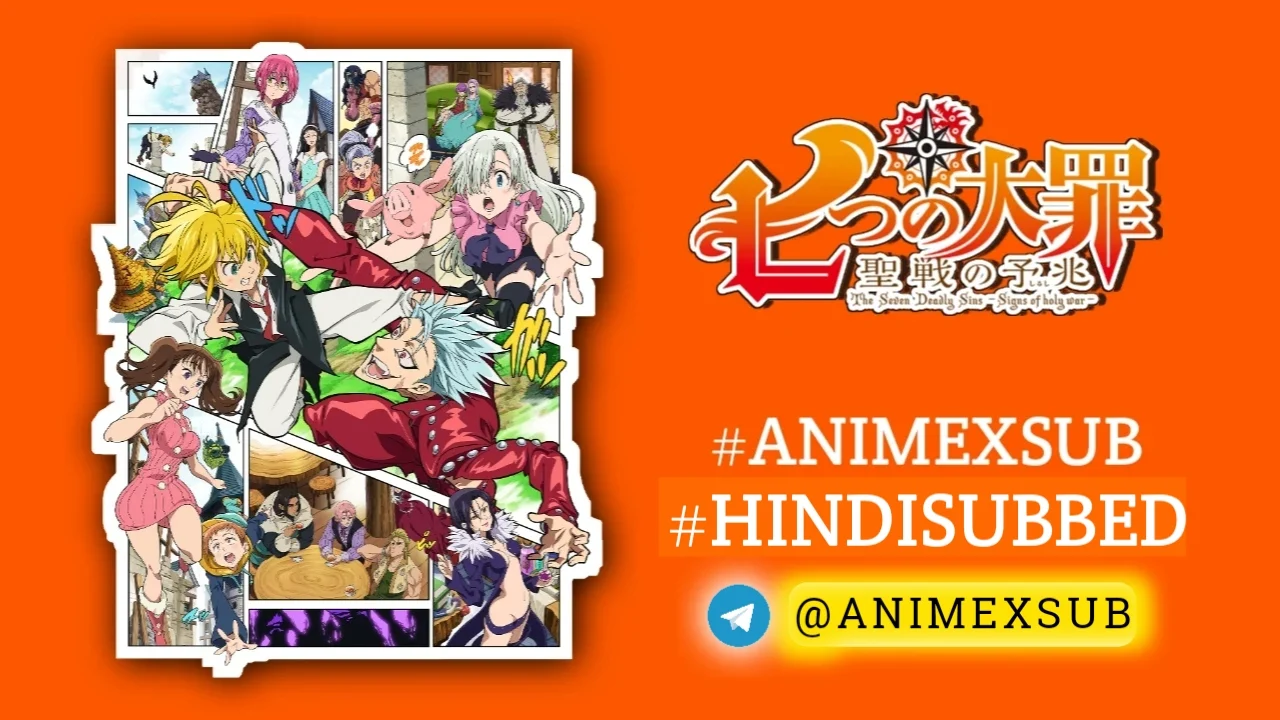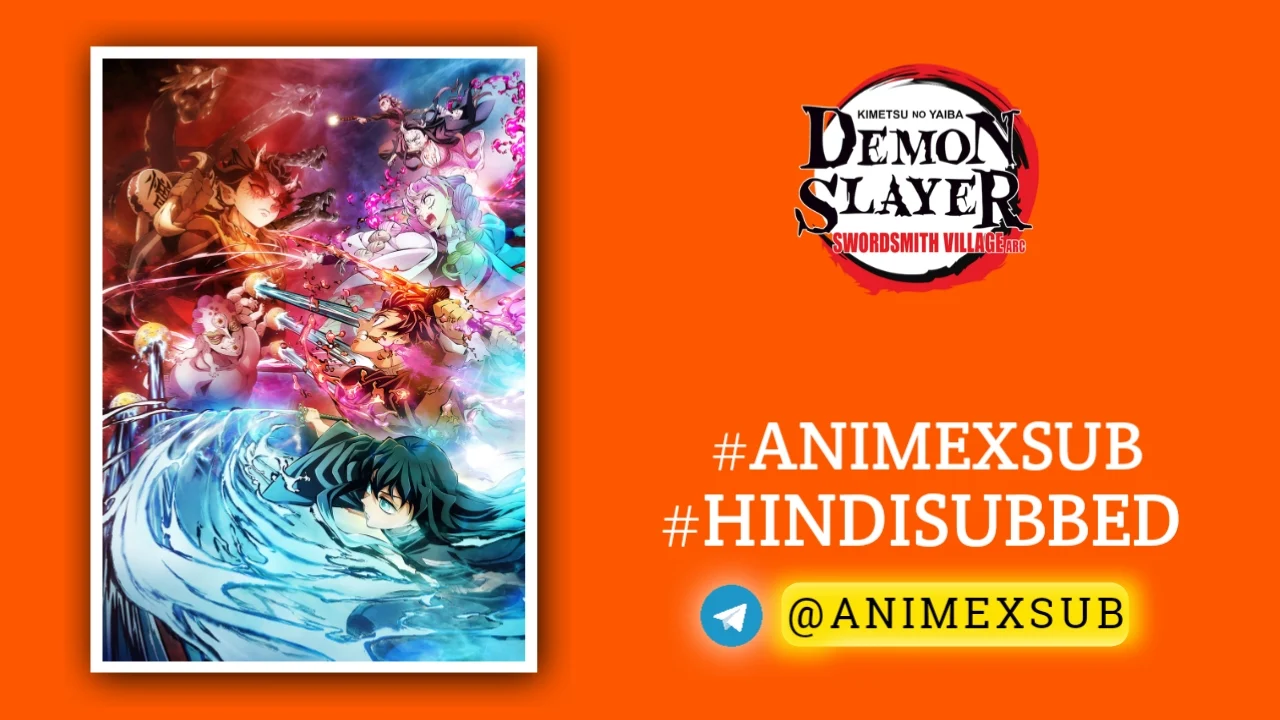
Castle in the Sky Hindi Subbed [Full Movie] | Tenkuu no Shiro Laputa Hindi Sub

Tenkuu no Shiro Laputa
Castle in the SkySynopsis
This high-flying adventure begins when Pazu, an engineer's apprentice, finds a young girl, Sheeta, floating down from the sky wearing a glowing pendant. Together they discover both are searching for a legendary floating castle, Laputa, and vow to unravel the mystery of the luminous crystal around Sheeta's neck. Their quest won't be easy, however. There are greedy air pirates, secret government agents and astounding obstacles to keep them from the truth, and from each other. (Source: Disney)
Watch Trailer
Characters
Castle in the Sky (1986): A Timeless Tapestry of Adventure, Wonder, and Human Truths
Hayao Miyazaki’s Castle in the Sky (originally Laputa: Castle in the Sky in Japan), Studio Ghibli’s first official feature film, is a soaring masterpiece that blends steampunk aesthetics, ecological philosophy, and raw human emotion into a narrative that feels both timeless and startlingly prescient. Released in 1986, it remains a high-water mark for animated storytelling, weaving a tale that is as much about the human spirit as it is about a mythical floating city. This article explores the film’s unparalleled artistry, its layered themes, and its enduring resonance, offering fresh insights into why Castle in the Sky continues to captivate audiences nearly four decades later.
A World Aloft: The Visual and Sonic Splendor
From the opening shot—a sweeping vista of a steam-powered airship slicing through golden clouds—Miyazaki establishes a world that feels alive, tactile, and boundless. The film’s steampunk-inspired aesthetic, with its clanking airships, whirring propellers, and industrial decay juxtaposed against lush, verdant landscapes, creates a visual paradox: a celebration of human ingenuity alongside nature’s untamed beauty. The floating island of Laputa, inspired by Jonathan Swift’s Gulliver’s Travels, is rendered with meticulous detail—crumbling stone spires entwined with vines, glowing levitation stones, and a solitary tree standing as a testament to nature’s resilience.
Joe Hisaishi’s score is nothing short of transcendent. The orchestral swells, infused with haunting choral motifs, mirror the film’s emotional peaks and valleys, from the breathless chase sequences to the quiet, heartbreaking moments of discovery. The soundscape—creaking machinery, howling winds, and the distant hum of Laputa’s ancient technology—grounds the fantastical in a visceral reality, making the viewer feel as though they could step into this world.
A Story of Heart and Hubris
At its core, Castle in the Sky follows Sheeta, a young girl bearing a mysterious blue amulet, and Pazu, a determined orphan boy, as they evade pirates and a ruthless military in search of Laputa, a legendary floating city said to hold unimaginable power. The narrative is deceptively simple, but its depth lies in its refusal to paint the world in black and white. The pirates, led by the boisterous Dola, are not mere villains but a ragtag family driven by survival and loyalty. The military antagonist, Muska, embodies a chillingly modern ambition: the desire to wield technology as a godlike force, heedless of its consequences.
Miyazaki’s storytelling shines in its ability to balance breathless adventure with profound introspection. The chase sequences—airships careening through stormy skies, narrow escapes through crumbling mines—are exhilarating, yet they never overshadow the quieter moments. When Sheeta and Pazu discover Laputa’s overgrown gardens or share a fleeting moment of vulnerability, the film invites us to pause and reflect on what we value: connection, wonder, or power.
Themes That Echo Across Time
Castle in the Sky is a meditation on humanity’s relationship with technology, nature, and itself. Laputa, with its advanced machinery and abandoned splendor, is a cautionary tale of a civilization undone by its own hubris. The film’s ecological undertones—Miyazaki’s signature—resonate even more powerfully today, as we grapple with climate change and the ethical limits of innovation. Laputa’s levitation stones, powered by a mysterious crystal, symbolize both the promise and peril of unchecked progress. Sheeta’s choice to protect rather than exploit this power is a quiet rebellion against the temptation to dominate.
The film also explores the resilience of youth in a world shaped by adult greed. Sheeta and Pazu, both orphans, carry the weight of loss but refuse to be defined by it. Their bond—forged through shared purpose rather than romance—feels authentic and grounded, a reminder that hope can flourish even in the face of overwhelming odds. Miyazaki doesn’t romanticize childhood innocence but instead celebrates its courage and clarity of purpose.
A Lens on Miyazaki’s Genius
What sets Castle in the Sky apart from other animated epics is Miyazaki’s ability to craft a world that feels both fantastical and deeply human. Unlike many Western animated films of its era, which often leaned on clear-cut moral dichotomies, Castle in the Sky embraces ambiguity. The pirates are flawed but redeemable; the military is dangerous but not cartoonishly evil; even Laputa itself is neither utopia nor dystopia but a relic of human potential gone awry.
Miyazaki’s attention to detail—whether it’s the texture of rusted machinery or the flicker of fear in Sheeta’s eyes—creates a lived-in quality that makes the fantastical feel plausible. The film’s pacing, too, is masterful: it knows when to sprint and when to linger, giving viewers time to absorb the weight of its world. This balance of action and introspection is a hallmark of Miyazaki’s craft, one that would define Studio Ghibli’s legacy in films like Spirited Away and Princess Mononoke.
Why It Endures
In 2025, Castle in the Sky feels as urgent as ever. Its warnings about technological overreach and environmental neglect resonate in an age of AI, climate crises, and global uncertainty. Yet the film is not a lecture; it’s a celebration of wonder, resilience, and the human capacity to choose a better path. Sheeta and Pazu’s journey reminds us that power, whether wielded by individuals or civilizations, is fleeting—but hope and connection endure.
The film’s influence is undeniable. Its steampunk aesthetic has inspired countless works, from video games like Final Fantasy to films like The Adventures of Tintin. Its themes of ecological balance and human agency echo in modern narratives grappling with similar questions. Yet Castle in the Sky remains singular, a work of art that feels both of its time and timeless.
A Final Reflection
Castle in the Sky is not just a film; it’s an experience that invites us to look upward, to dream of floating cities, and to question what we’d do if we found them. It’s a story about the beauty of striving, the danger of grasping, and the courage to let go. Nearly 40 years after its release, it remains a beacon of what animation can achieve: a medium not just for entertainment but for exploring the deepest truths of our world and ourselves.
For those who’ve never seen it, Castle in the Sky is an invitation to rediscover wonder. For those who have, it’s a reminder that some stories never stop teaching us how to soar.
Support Our Anime Community!
Love watching the latest anime? Help us keep uploading new episodes by join telegram channel ❤️
Join Now!